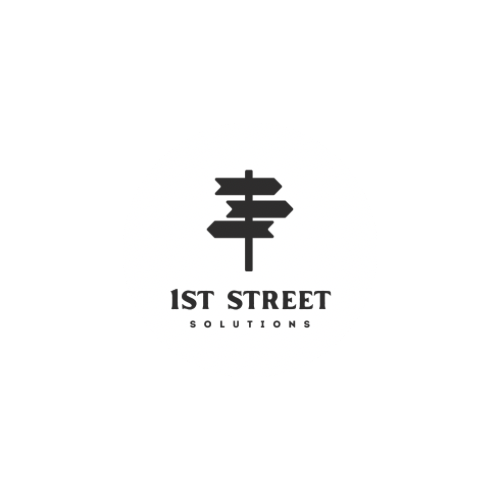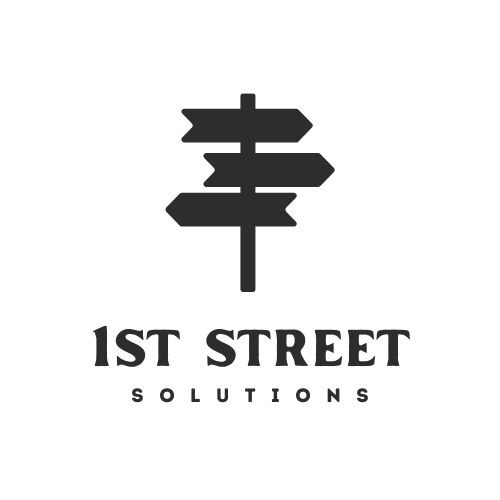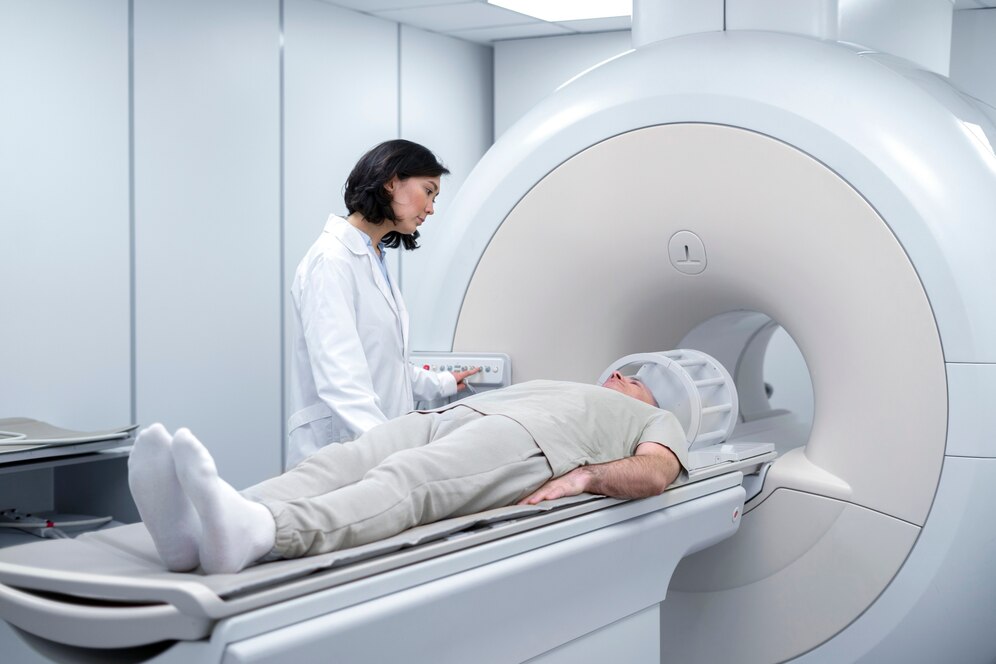In the realm of modern manufacturing and quality assurance, dimensional inspection plays a crucial role in ensuring precision, accuracy, and adherence to specifications. Various techniques and methods are employed to achieve these objectives, each with its unique strengths and applications. This article delves into some of the key techniques used in dimensional inspection, focusing particularly on Industrial CT Scan, Metrology Services, Reverse Engineering Services, and CAD Scanning.
Introduction to Dimensional Inspection
Dimensional inspection is the process of verifying the geometric dimensions of a part or product against its design specifications. It involves the precise measurement of features such as lengths, diameters, angles, and surface profiles to ensure they meet the intended tolerances. This verification is essential across industries ranging from aerospace and automotive to medical devices and consumer electronics.
Industrial CT Scan
Industrial CT Scan, or Computed Tomography, has revolutionized dimensional inspection by offering non-destructive testing capabilities. Similar to medical CT scans, industrial CT scans use X-ray technology to create detailed 3D images of internal and external structures of objects. This method is particularly valuable for inspecting complex internal geometries, assemblies, and materials like plastics, composites, and metals.
Applications of Industrial CT Scan:
- Quality Control: Ensuring the integrity of internal structures without disassembly.
- Failure Analysis: Identifying defects, cracks, and voids within materials.
- Metrology: Accurate measurement of complex geometries and internal features.
Metrology Services
Metrology Services refers to the science of measurement and includes a wide range of techniques and instruments used in dimensional inspection. These services are essential for verifying the accuracy of manufactured parts and ensuring they meet stringent quality standards.
Common Metrology Techniques:
- Coordinate Measuring Machines (CMM): Precise measurement of geometric features using a probe that moves along X, Y, and Z axes.
- Optical Measurement Systems: Utilizing lasers or cameras to capture detailed surface profiles and dimensions.
- 3D Scanning: Capturing the complete 3D shape of an object for dimensional analysis and comparison with CAD models.
Benefits of Metrology Services:
- Accuracy: Achieving measurements within microns or even sub-micron tolerances.
- Efficiency: Rapid inspection of multiple features and complex geometries.
- Traceability: Documentation and traceable records for quality assurance and compliance.
Reverse Engineering Services
Reverse Engineering Services involves reconstructing a product’s design information or manufacturing process from its physical part or assembly. It plays a crucial role in dimensional inspection by allowing manufacturers to analyze existing products, improve designs, or replicate obsolete parts.
Steps Involved in Reverse Engineering:
- 3D Scanning: Capturing detailed geometric data of the object.
- CAD Modeling: Creating a digital representation of the part using specialized software.
- Analysis and Optimization: Evaluating the scanned data against design specifications and making necessary adjustments.
Applications of Reverse Engineering:
- Obsolete Part Replication: Recreating parts that are no longer in production.
- Design Improvement: Enhancing product performance and efficiency based on real-world data.
- Customization: Tailoring products to specific customer requirements.
CAD Scanning
CAD Scanning, or Computer-Aided Design scanning, involves converting physical objects into digital CAD models. This process is critical for dimensional inspection as it allows for direct comparison between the manufactured part and its intended design.
Key Aspects of CAD Scanning:
- Accuracy: Ensuring that the digital model accurately represents the physical object.
- Integration: Seamless integration with CAD/CAM software for design modifications and analysis.
- Compatibility: Supporting various file formats and CAD software platforms.
Benefits of CAD Scanning:
- Quality Assurance: Verifying dimensional accuracy and adherence to design specifications.
- Prototyping: Facilitating rapid prototyping and iterative design improvements.
- Documentation: Creating a digital archive of parts for future reference and reproduction.
Conclusion
In conclusion, the techniques and methods used in dimensional inspection, such as Industrial CT Scan, Metrology Services, Reverse Engineering Services, and CAD Scanning, play pivotal roles in ensuring product quality, performance, and compliance across diverse industries. Each method offers unique advantages and applications, from non-destructive testing and precise measurement to design validation and rapid prototyping. As manufacturing technologies continue to evolve, so too will the tools and techniques employed in dimensional inspection, driving innovation and efficiency in quality assurance processes.
By leveraging these advanced inspection methods, manufacturers can enhance product reliability, reduce time-to-market, and ultimately meet the demands of an increasingly competitive global marketplace.
In summary, embracing these advanced inspection methods enables manufacturers to improve product reliability, shorten time-to-market, and meet the demands of a competitive global market.









